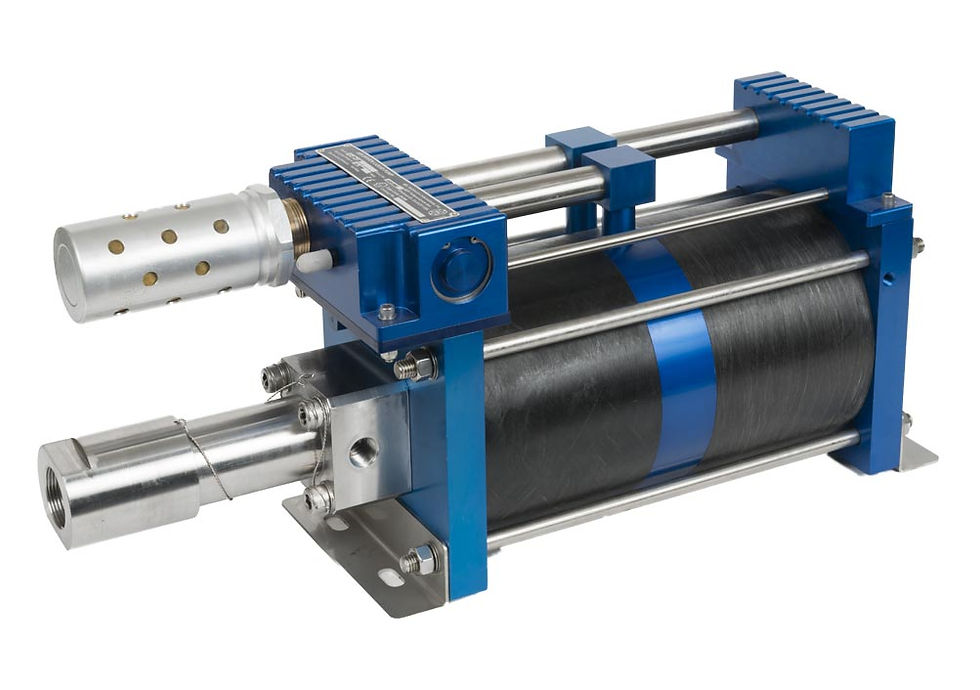Hydrostatic Testing: A Comprehensive Guide to Its Types, Applications, and Pros and Cons
- ADMIN

- Mar 25, 2023
- 2 min read
Introduction:
Hydrostatic testing is a non-destructive testing method that is used to test the structural integrity and pressure resistance of various types of containers and piping systems. It is a vital tool for ensuring the safety and reliability of many industrial applications. Hydrostatic testing is conducted by filling the container or piping system with a liquid, typically water, and then increasing the pressure to a predetermined level. In this article, we will explore the different types of hydrostatic testing, its applications, the physics behind the process, as well as its pros and cons.
Types of Hydrostatic Testing:
There are two main types of hydrostatic testing: proof testing and volumetric testing. Proof testing is conducted to verify that a container can safely withstand a specified pressure without failure. Volumetric testing, on the other hand, is conducted to ensure that a container has no leaks or cracks. This type of testing is typically used for pipes, pressure vessels, and other equipment that is subject to high pressure.
Applications of Hydrostatic Testing:
Hydrostatic testing is used in a wide range of applications, including oil and gas pipelines, plumbing, pressure vessels, fire extinguishers, and hydraulic systems. It is also used in the aerospace industry to test the pressure resistance of aircraft components such as fuel tanks, hydraulic lines, and landing gear. Additionally, hydrostatic testing is used in the manufacturing of medical devices, such as oxygen tanks and high-pressure gas cylinders.
Physics Behind Hydrostatic Testing:
The physics behind hydrostatic testing is relatively simple. It is based on the principle that the pressure exerted by a fluid is transmitted equally in all directions. When a container is filled with liquid, the pressure inside the container increases as the liquid is added. The amount of pressure exerted on the walls of the container is determined by the weight of the liquid and the depth of the container. As the pressure is increased, any weak points in the container will begin to show signs of deformation, such as bulging or cracking. By increasing the pressure to a predetermined level, the integrity of the container can be tested and verified.
Pros and Cons of Hydrostatic Testing:
One of the main advantages of hydrostatic testing is that it is a non-destructive testing method. This means that the container or piping system being tested can be reused once the test is complete. Hydrostatic testing is also relatively simple to perform and can be completed quickly, which makes it a cost-effective testing method. However, there are some drawbacks to hydrostatic testing. For example, it can be dangerous if not performed properly, as the pressure inside the container can cause it to rupture or explode. Additionally, hydrostatic testing can be messy, as water must be used as the testing fluid, which can cause damage to equipment and create a hazardous environment.

Conclusion:
Hydrostatic testing is an essential tool for ensuring the safety and reliability of various types of containers and piping systems. It is a non-destructive testing method that is relatively simple to perform and can be completed quickly. However, it can be dangerous if not performed properly, and it can also be messy. By understanding the different types of hydrostatic testing, its applications, and the physics behind the process, individuals can make informed decisions about whether it is an appropriate testing method for their needs.



Comments